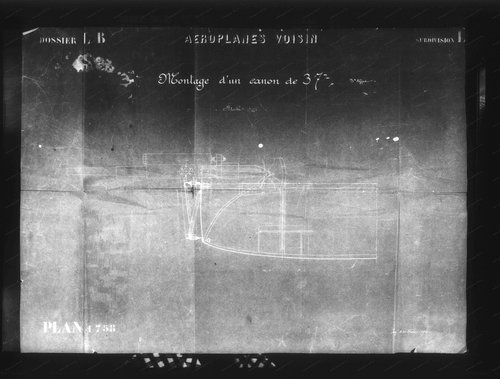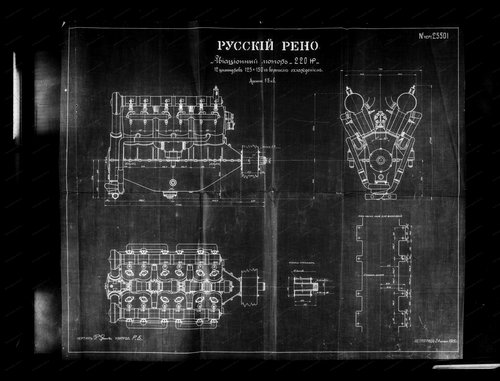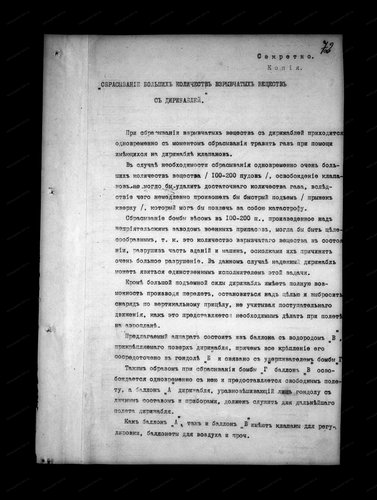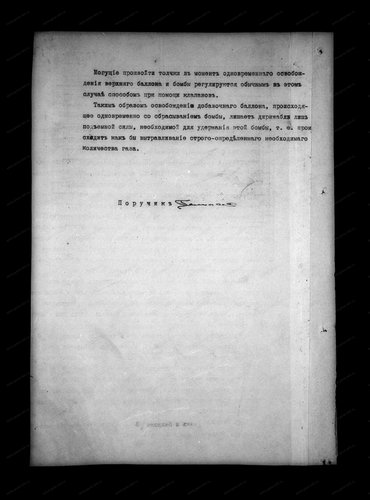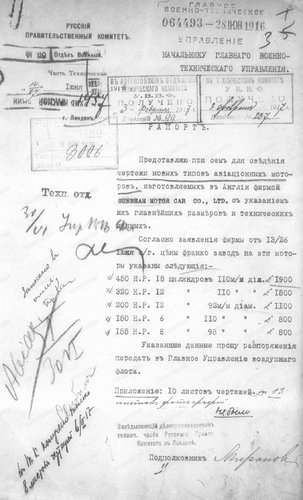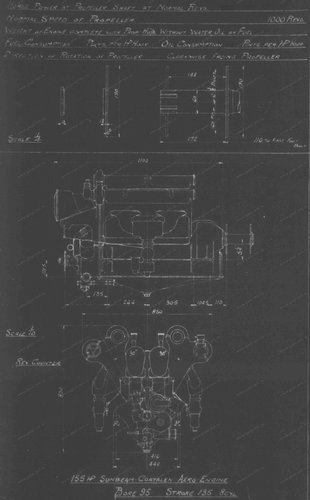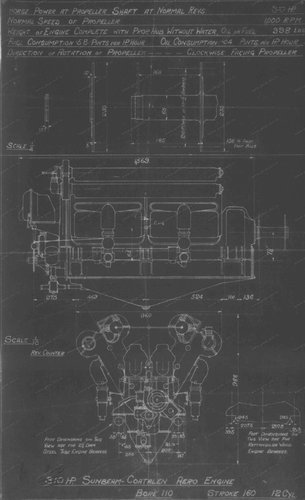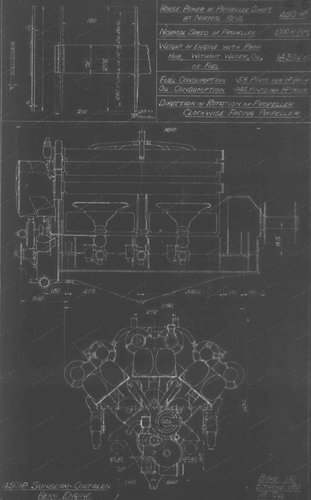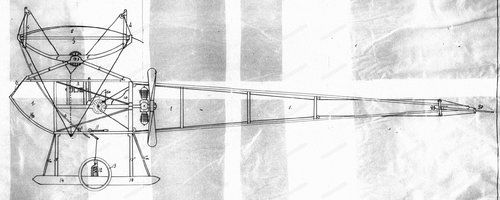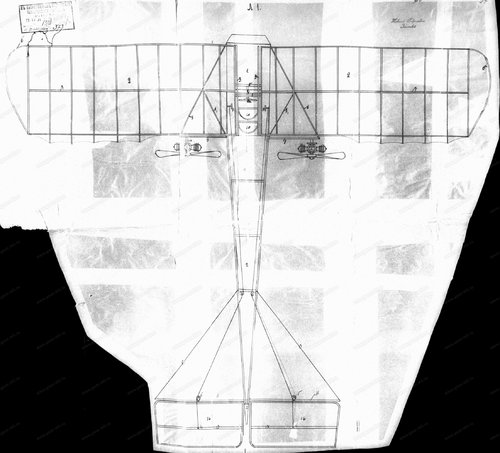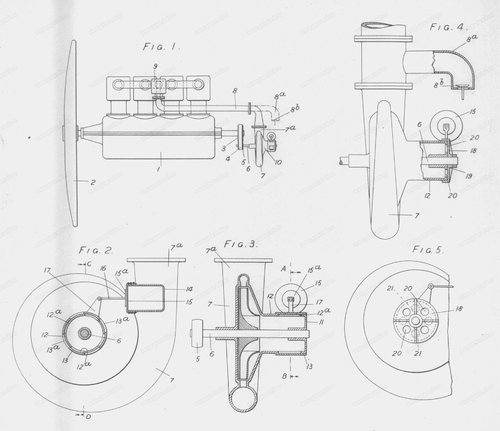Bottleship
ACCESS: Secret
- Joined
- 30 June 2019
- Messages
- 493
- Reaction score
- 1,264
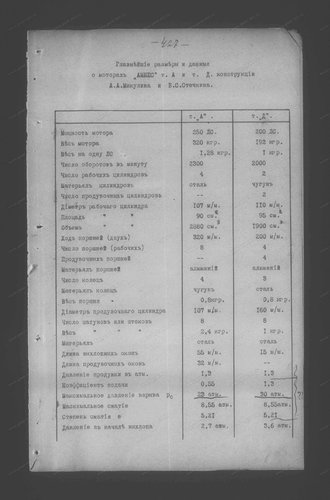
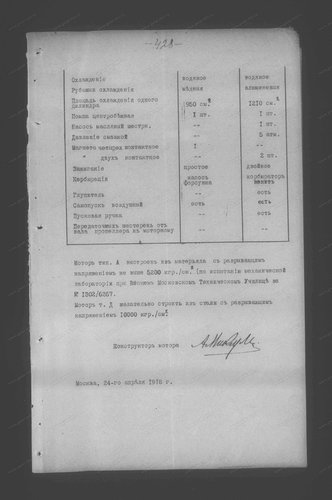
... more about S-13,S-14 & S-15 ?.

Nothing more than what's on wikipedia for them I'm afraid.
I guess the Le Grand could be considered a viable candidate for this thread, as it was designed in part for strategic reconniasance
I found this interesting aircraft on the Russian wikipedia
Гидроаэроплан специального назначения — Википедия
ru.wikipedia.org
Here are couple of Keburia pix (from five)Hi,
Mr. V.S. Keburiya built a glider aircraft in 1909,also designed and built a monoplane in 1912
or No.2,followed by No.3 in 1913,which similar to Morane but Nieuport-type undercarriage,
who has a pictures or drawings to them ?.
Some photos of MK-1

I also know about this project, but... It's, I think, hoax machine. 250 kmph - ok, 1.5 ton load - ok, light metal in construction - ok, but... 12.7, 15.2 mm machine guns, 25 mm cannon... Kurchevskiy gun... And... 5-inch rockets... Leonid Kurchevskiy in this period worked at mechanical catapulte, and, his first recoiless guns - late 1920th. And, "Alexander Nevskiy" - detail of very weird legend about "Ilya Murometz", who destoyed a German tanks by firing of 25-37 mm cannons, and armoured cars by 12.7 mm machine gun. For 9-ton bomber from WW1 it's very big. It's a really heavy drugs. I think, "Alexander Nevskiy" created by one of small-known Russian writer, in alternative history books. And... Where is photos with this airplane? We have many photos with "Svyatogor", but, "Svyatogor" wasn't flying. "Alexander" flying, and we haven't a photos. Where is details of 12.7, 15.2, 25 mm guns? Where is documents? It's one of "unknown wunderwaffe", with K-1000 battleship, nuclear bullets, nazi UFO, etc. Yes, in Russia projected machines with big load, with armour, 3-inch recoiless cannons, light metall, light engines, but... Built this machine in 1916-17? It's not realistic.A project I find very intriguing: The Sikorsky Alexander Nevsky, the successor design to the Ilya Muromets
If anyone can find pictures I'd greatly appreciate it
Sikorsky Alexander Nevsky
The Sikorsky Alexander Nevsky ( ru. Александр Невский) was the only Russian four engine bomber biplane of its kind, designed and built by Igor Sikorsky in the late 1916. It was named after a Russian prince Alexander Nevsky.80% of the Alexander…enacademic.com

 dic.academic.ru
dic.academic.ru
Well damn, wish I saw that. And no, I don't get my shit from alternate history websites, several sites mentioned it and the closest thing I could find to someone saying it's a fake project was someone suggsting it's just a mix up wit an ilya muromets called the Alexander Nevsky. My apologies.Read carefully

Александр Невский (самолёт) | это... Что такое Александр Невский (самолёт)?
У этого термина существуют и другие значения, см. Александр Невский (значения). «Александр Невский» согласно сайтам любителей альтернативной истории самолёт бомбардировщик, разработанный в 1916 1917 годах авиационным отделом Русско…dic.academic.ru
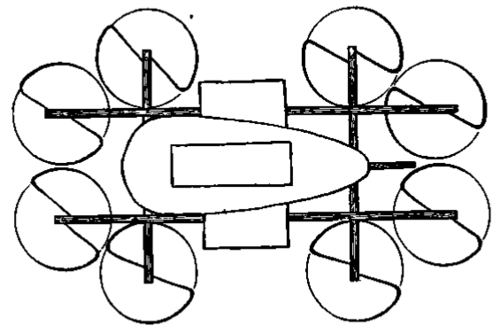
Other projects:
- Yuryev 1918 "Heavy four-engine airplane"
- Slesarev 1917-1921 bomber project, bigger than "Svyatogor"
- Armoured assault gyrodyne, with two propellers, "wings-parachutes", with periscopes, can swin and plunge - engineer Shustov, 1915, project closed - "We haven't a powerful engines for this machine"
- Transatlantic transport gyrodyne with six 3-metres propellers (four helicopter and two airplane) - worker A. F. Hohlov from Putilov plant
- Big gyrodyne, from 20 to 200 kmph, and 30 hours of flight - technicist A. Malyavskiy from Kiev, 1910
- Assault gyrodyne-gunship with machine guns, four rotors and four steering propellers, named a "air ship" - V. A. Subbotin from Petrograd, 1915
- Light helicopter with eight rotors and two side propellers, full weight 1280 kg, four 100 HP engines - A. R. Abramson, 1914
View attachment 623148
I haven't drawings of this projects, with the exception of Abramson project, only descriptions, from book, "Helicopter of pre-revolutionary Russia", V. Miheev, 1992.can you show their drawings ?

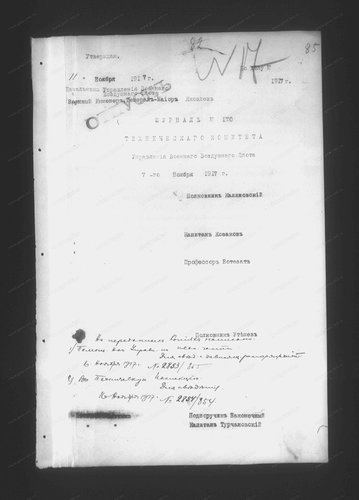
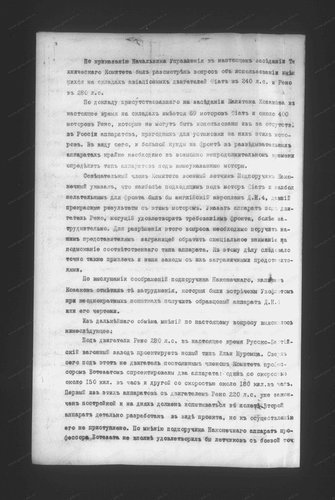
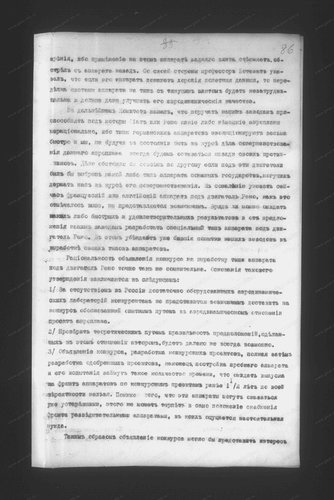
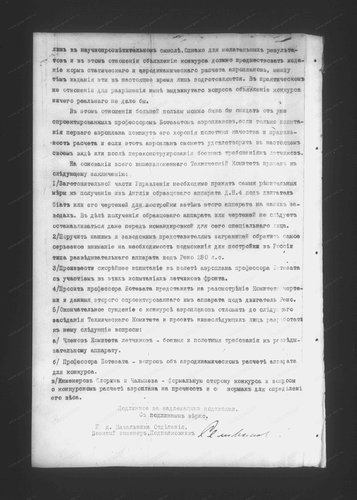
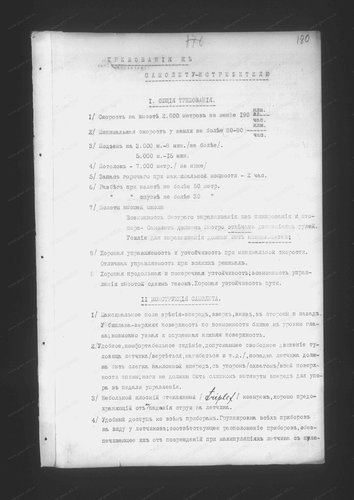
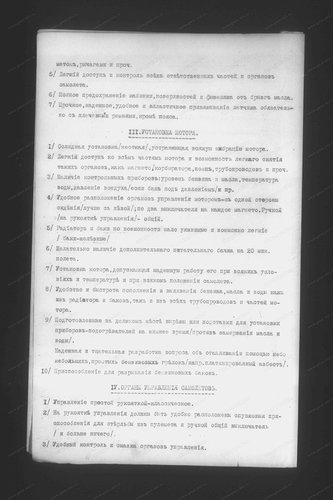
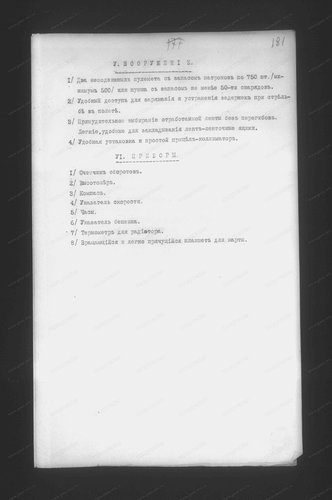
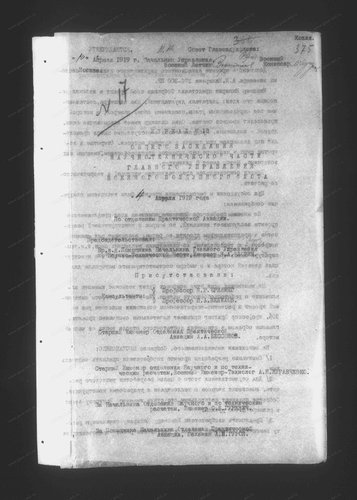
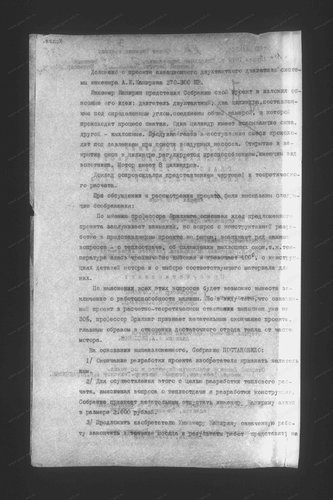
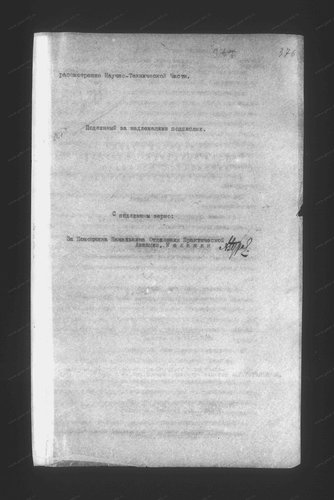
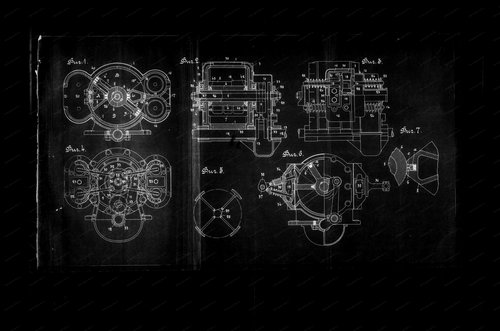
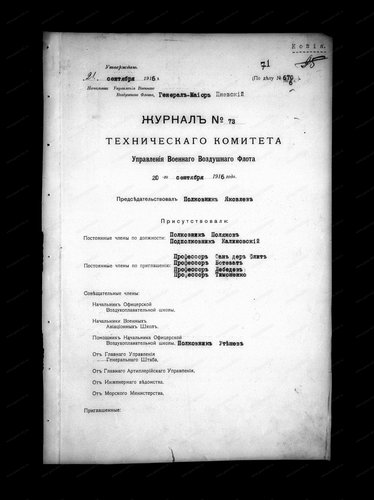
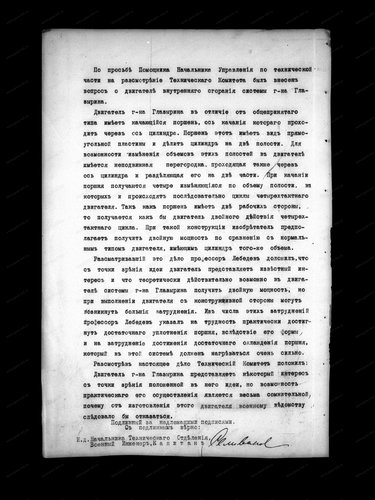
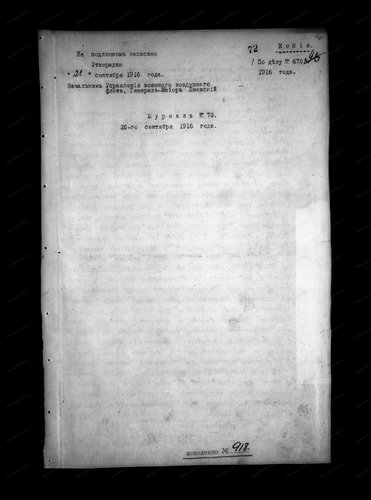
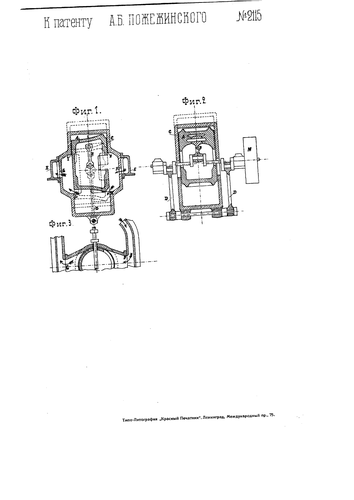
more ... https://www.secretprojects.co.uk/threads/kasyanenko-kpi-5-and-others.7312/The Kayasenko-5 a 3 bladed pusher prop fighter
Also, other analogical projects:Perhaps you're thinking of Nikitin? The Nikitin-Shevchenko IS-1 fits your description.
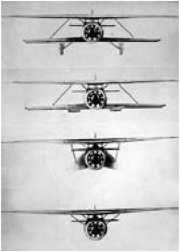
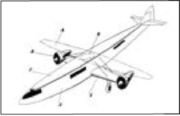
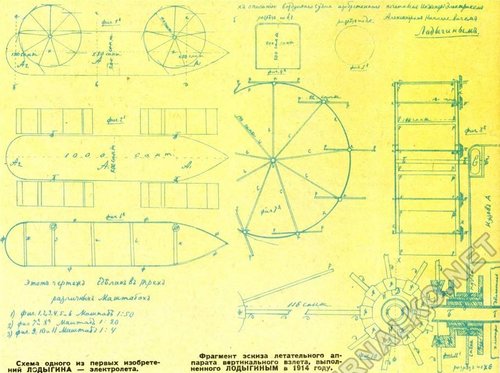
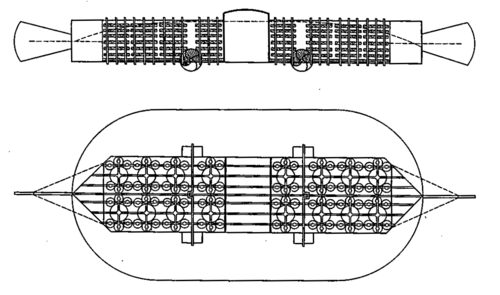
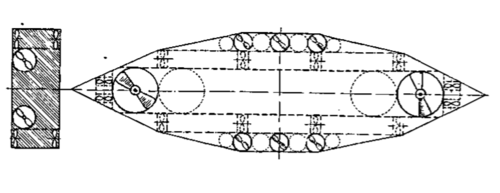
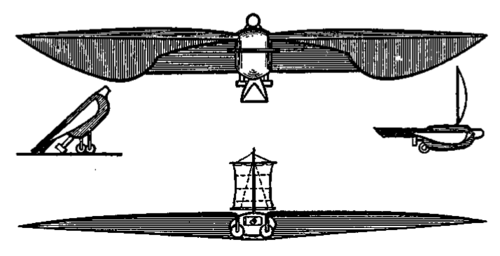
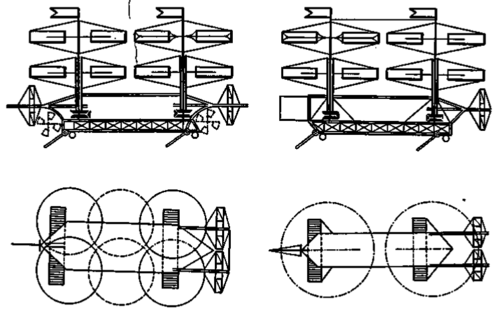
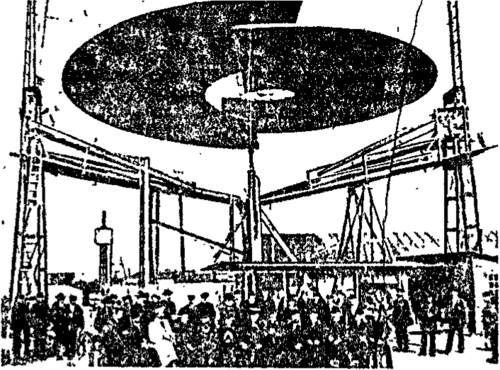
Grohovskiy, "Biplane-monoplane", 1935
Many thanks to you dear Iron,and what was the "G" designation to this beast ?.
